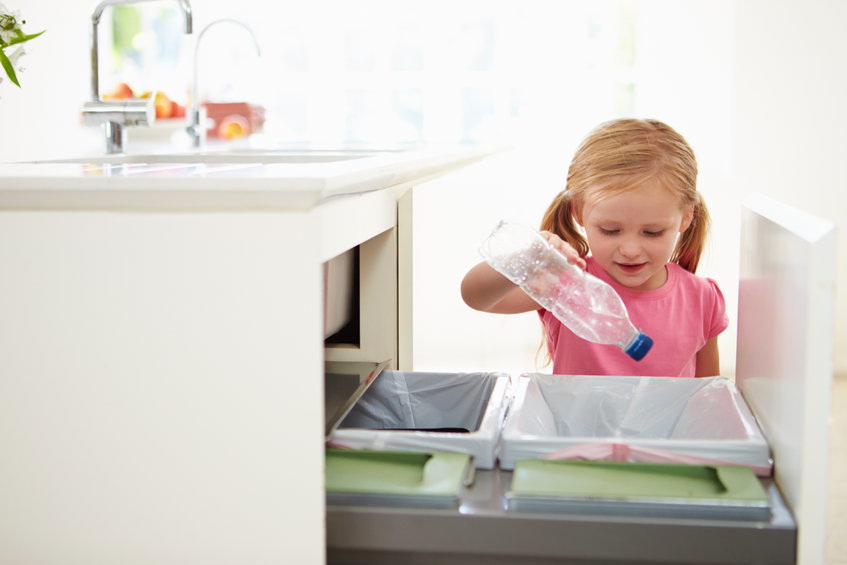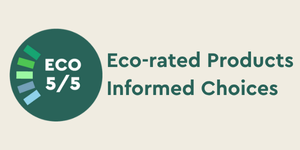What plastic is actually recycled in NZ?
I think we can all agree that plastic waste is one of the greatest environmental challenges facing us and the level of plastic pollution in the oceans is unacceptable.
We waste a lot of stuff
In a world-first study involving the rubbish and recycling bins of 867 New Zealand households nationwide, it was found that Kiwis throw out 1.76 billion plastic containers each year. We are one of the highest waste generators in the world, throwing out an average of 159 grams of plastic every day.
Recycling is not as it seems
Like most Kiwis, I think, I trust that the plastic I throw into the recycling bin will be recycled. Unfortunately, that’s not quite the case. Depending on where you live in the motu, the plastics that you put out in your recycling may or may not be able to be recycled.
New Zealand facilities can only recycle three types of plastic (1,2,5), the other plastics (3, 4, 6, 7 and contaminated plastics) are difficult to recycle and therefore sent to landfills across the nation or exported overseas.
New Zealand does not have the capacity to process all the plastic waste we create. Somewhat ironically, we're not producing enough of it across Aotearoa to have recycling facilities for all plastics in all parts of the country. It just isn’t economical.
We throw out the wrong stuff
There also seems to be a need to be much clearer information on packaging around what can be recycled, and where. Every year in New Zealand, 750 million plastic containers are sent to landfill when they should have been recycled. For the average Kiwi household, that's the equivalent of two bins filled with plastic waste.
At the moment, local councils all have their own recycling rules and standards, and this means far more packaging material ends up in landfill. Many involved in packaging and waste believe a nationwide recycling standard would be the greatest way of reducing the amount of plastic going to landfill.
So, what does happen to our recycling?
Not all plastics are recyclable or even reusable. Basically, the wee ‘chasing arrows’ symbols on the bottom of plastic containers and products do not mean the product is recyclable. It is the little numbers inside the triangle that range from one to seven that identifies the type of plastic used in the product.
Plastic numbers one, two and five are easily recyclable, but three, four, six and seven are not. We used to ship these waste products to China, but this no longer happens.
Plastic types 1, 2 and 5 are recycled in New Zealand, although most is sent to Thailand or Malaysia, to become part of other plastic products. Talk to the team at Insinc about our recycled bin liners, wheelie bins, signage, cutlery and products from recycled beverage cartons.
The rest of it, including sushi trays, yoghurt bottles, sour cream containers, sauce bottles, and more, simply go into landfills.
What gets recycled?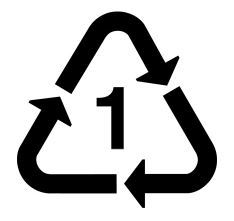
#1 - PET (Polyethylene Terephthalate)
PET is one of the most commonly used plastic in consumer products and is found in most water bottles. PET plastic is recyclable and is crushed and then shredded into small flakes which are then reprocessed to make new PET bottles or spun into polyester fibre used to make fleece garments, carpets, stuffing for pillows and life jackets. Products made of #1 (PET) plastic should be recycled but not reused.
#2 - HDPE (High-Density Polyethylene)
HDPE plastic is the stiff plastic used to make milk, detergent and oil bottles, toys, and some plastic bags. HDPE is the most commonly recycled plastic and is very hard-wearing and does not break down under exposure to sunlight or extremes of heating or freezing. It is a relatively simple and cost-effective process to recycle HDPE plastic into the likes of picnic tables, decking, waste bins, park benches; products which require durability and weather-resistance.
#5 – PP (Polypropylene)
Polypropylene plastic is tough, lightweight, heat-resistant and an effective barrier against moisture, grease and chemicals. Recycled PP is used to make landscaping edging, battery cases, brooms, bins and trays.
What can you do to help New Zealand recycling?
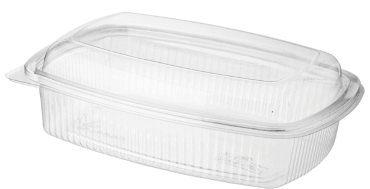 New Zealand has poor recycling infrastructure and an ad hoc approach to recycling up and down the country. The answer? While as an individual, you might not be able to fix the recycling industry in New Zealand, you can still do your best to ensure the plastic containers you chuck into your home or business recycling bin do get recycled. Don’t ruin the chances of other items in your bin getting recycled by throwing in the wrong plastics or dirty plastics that haven’t been rinsed.
New Zealand has poor recycling infrastructure and an ad hoc approach to recycling up and down the country. The answer? While as an individual, you might not be able to fix the recycling industry in New Zealand, you can still do your best to ensure the plastic containers you chuck into your home or business recycling bin do get recycled. Don’t ruin the chances of other items in your bin getting recycled by throwing in the wrong plastics or dirty plastics that haven’t been rinsed.
Check the numbers on your plastics and only throw in the 1s,2s, and 5s, and make sure there are no food residues on (or in) any containers. Wash first, then recycle. 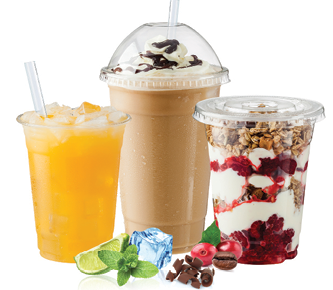
Talk to the Insinc team about how we can help with recyclable containers and cold cups for your business. Call us on 0508 467 462.
Posted: Monday 13 December 2021

